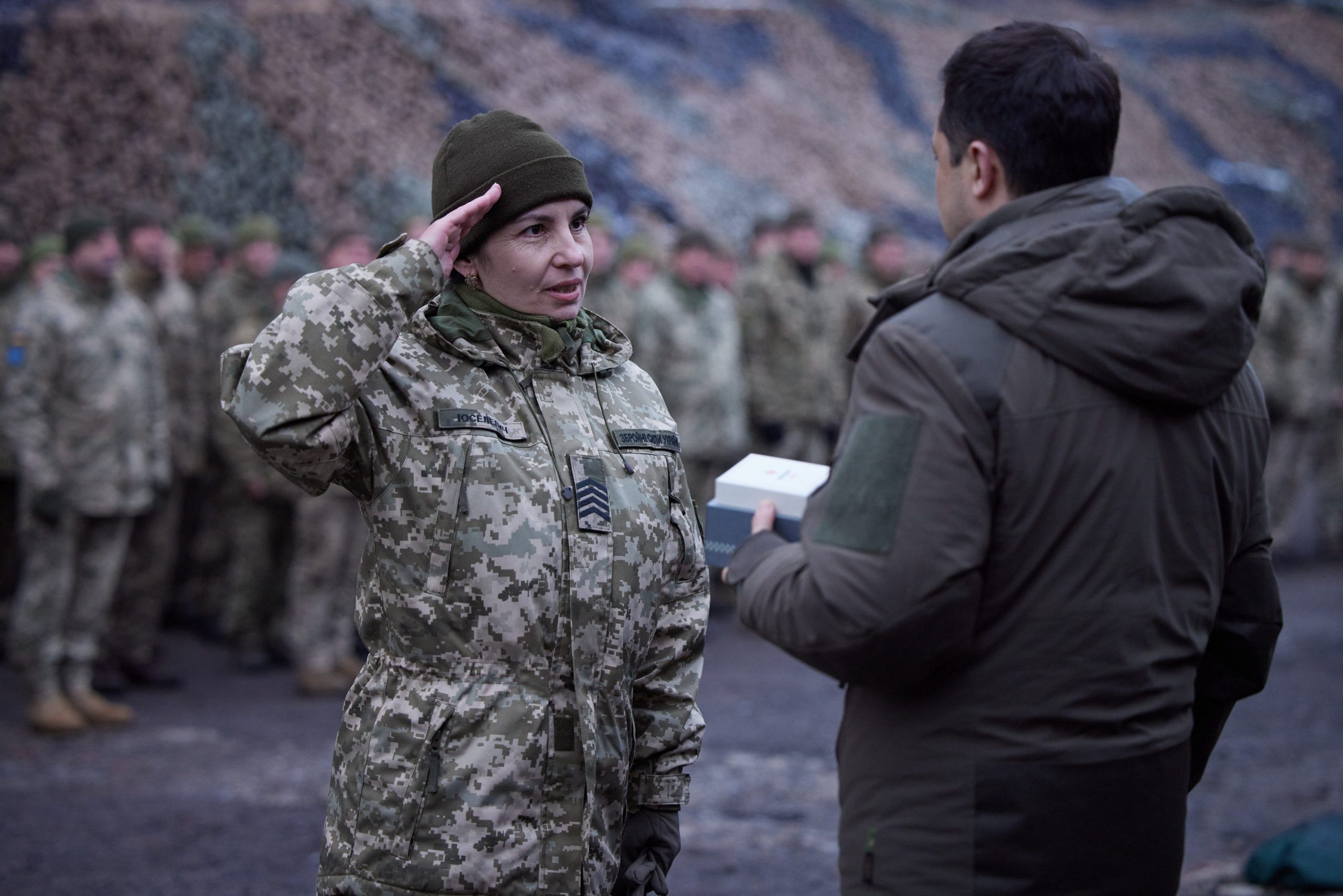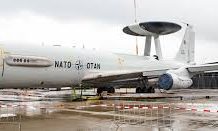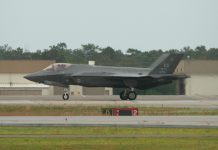
The U.S. Army, alongside its NATO partners, is rapidly consolidating efforts to create a new “Eastern Flank Deterrence Line” (EFDL), a strategic initiative designed to strengthen defense capabilities against potential Russian aggression, according to senior military leaders stationed in Europe.
Lt. Gen. Charles Costanza, commander of the Army’s V Corps, stated that U.S. Army Europe and Africa commander Gen. Christopher Donahue is pushing for swift progress on the project. “The goal,” Costanza said, “is to quickly deliver existing technologies to troops for testing, refine them through proof-of-concept, and scale up to meet operational demands.”
The concept of the EFDL, first introduced in July during the Association of the U.S. Army’s LandEuro conference in Wiesbaden, Germany, centers on enhancing ground-based defense capabilities and fostering closer military-industrial cooperation among NATO allies, Gen. Donahue explained.
To strengthen deterrence against Russia and improve global readiness, the Army and its partners are developing standardized, data-driven platforms that rely on shared launch systems, advanced networking, and cloud-based coordination tools. According to Costanza, this effort involves deploying counter-drone systems across Eastern Europe, integrating air defense networks, and improving data-sharing to enhance interoperability across NATO forces.
V Corps is currently engaged in a multinational NATO exercise, Avenger Triad, which includes five corps—among them Poland’s—and aims to bring the EFDL vision closer to full implementation. “To make the deterrence line operational, we’ve created a new unit called the Operational Fires Command,” Costanza noted. “It brings together both lethal and non-lethal capabilities under one structure for greater efficiency.”
The Avenger Triad exercise features advanced systems such as Spike Non-Line-of-Sight missiles launched from AH-64 Apache helicopters, now in service with Poland. NATO and U.S. forces are also integrating Palantir’s Maven Smart System, which uses artificial intelligence to streamline data processing and operational decision-making.
A key focus of the EFDL initiative is the use of unmanned systems designed to neutralize enemy drones. The U.S.-based company Project Eagle’s Merod platform, which has shown success in Ukraine, is currently being fielded to NATO partners. “We’re training our Polish and Romanian allies to operate these systems, and expanding the program to Denmark,” Costanza said, noting plans to extend this capability across the entire Eastern Flank.
These advancements come amid a sharp increase in unauthorized airspace activity over Eastern Europe. Brig. Gen. Curtis King, who leads the 10th Army Air and Missile Defense Command, said his unit is prioritizing the EFDL effort by focusing on affordable, scalable counter-drone solutions. “We’re looking for cost-effective systems that can keep pace with the growing use of one-way attack drones by Russia,” King explained.
He added that these drone defense platforms can be produced and deployed far more rapidly than traditional missile systems, allowing for faster force expansion. “Our directive is to move as quickly as possible,” he said. “We expect every partner nation to have comparable capabilities operational within the year.”
The Army is currently testing multiple drone-intercept technologies from various defense companies and government research entities. In parallel, the command is enhancing situational awareness by improving both passive and active sensor coverage and linking all data streams through a unified cloud architecture.
This integration enables real-time data sharing not only with air defense operators but also with intelligence and fire support units. “That flow of information allows for faster detection and more effective response to threats,” King explained.
He emphasized that these innovations contribute not only to Europe’s defense but also to broader global deterrence efforts. “The same technologies we’re developing for the Eastern Flank,” King said, “are key to strengthening homeland defense under what our leaders call the ‘Golden Dome of America.’”





